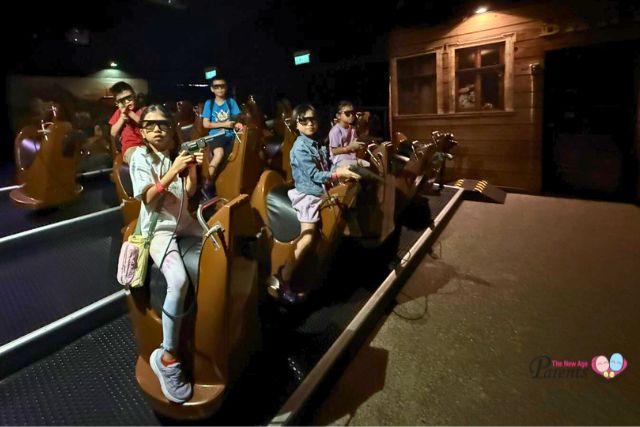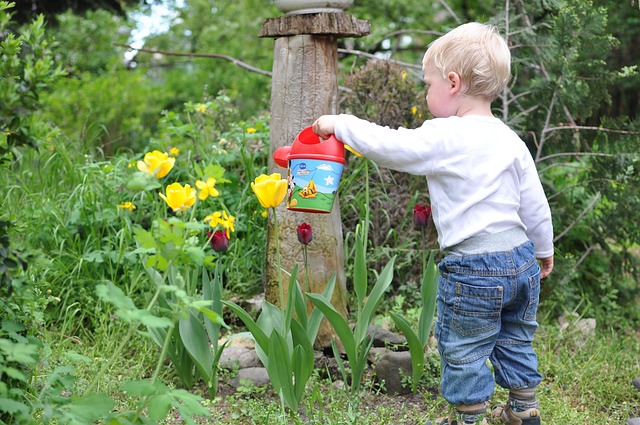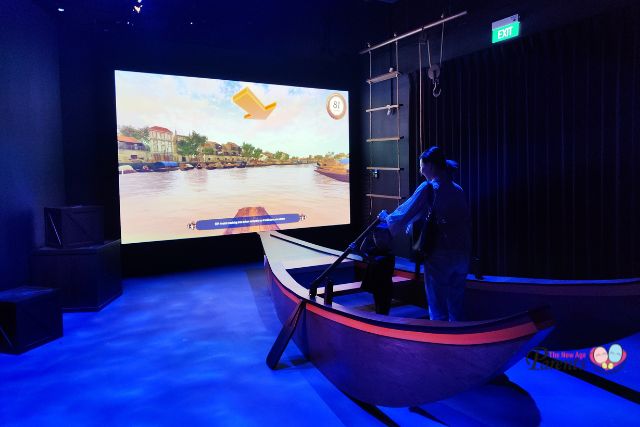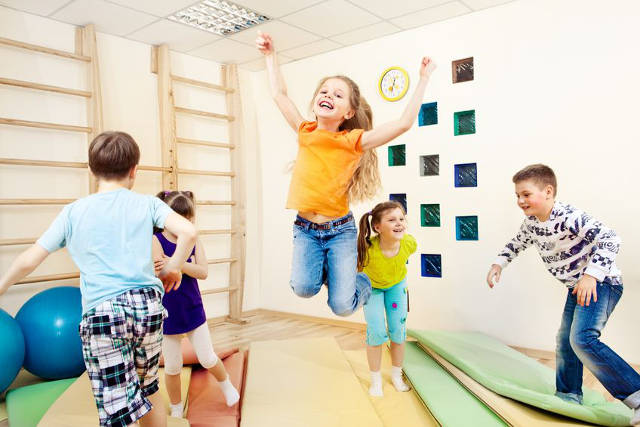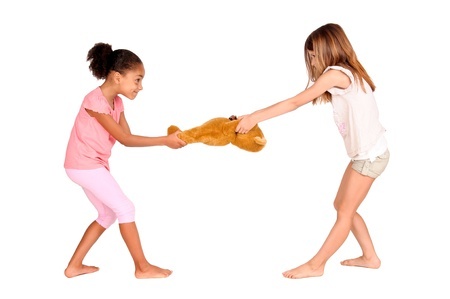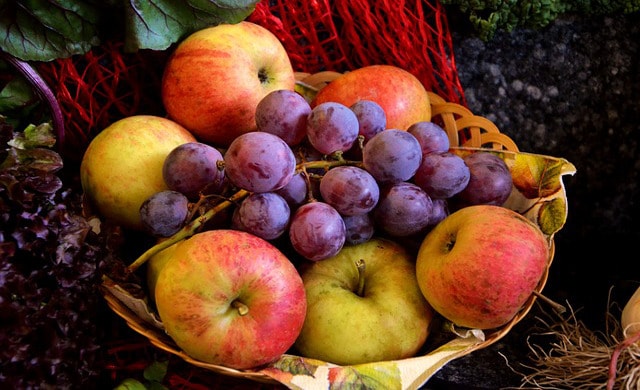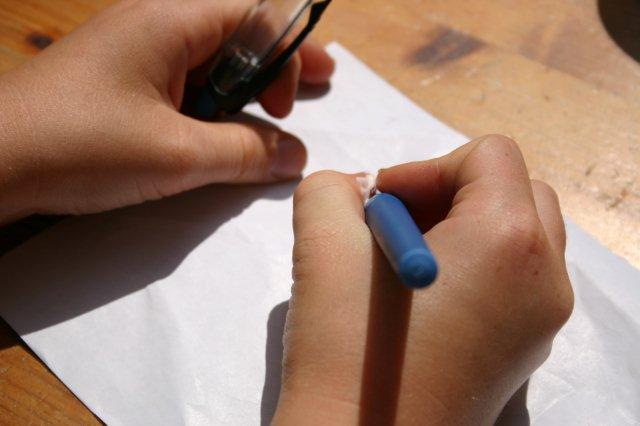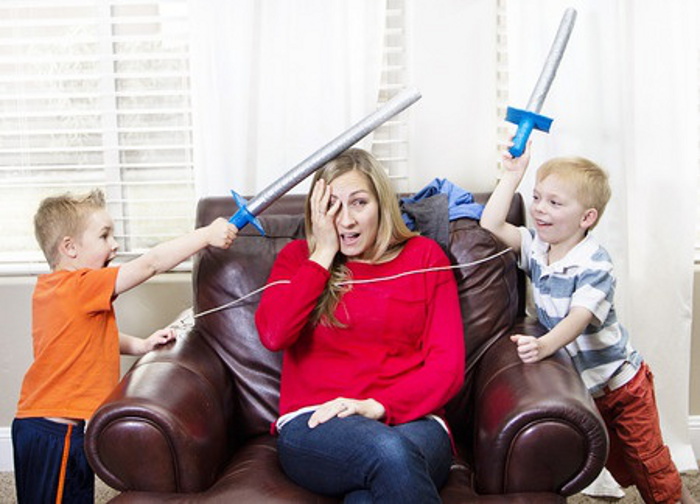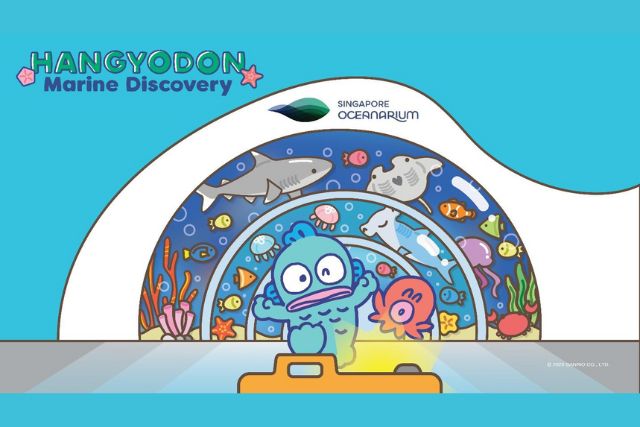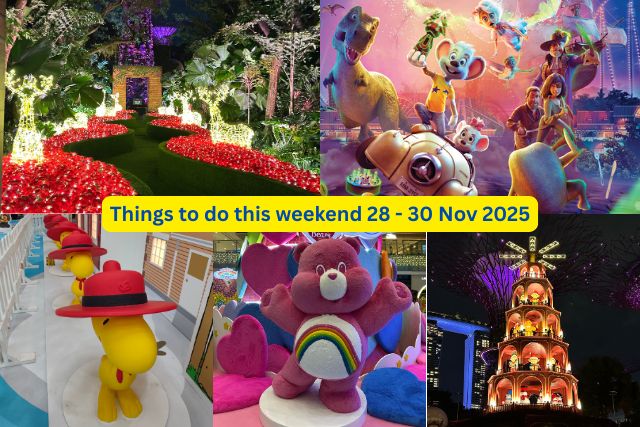Teaching language does not have to be bounded by the classroom walls. You can do it every day with your child, even when you are out! Be it for reminding oneself what to get in a grocery list, or signboards letting you where to go, or newspapers to inform yourself, everyone uses language.
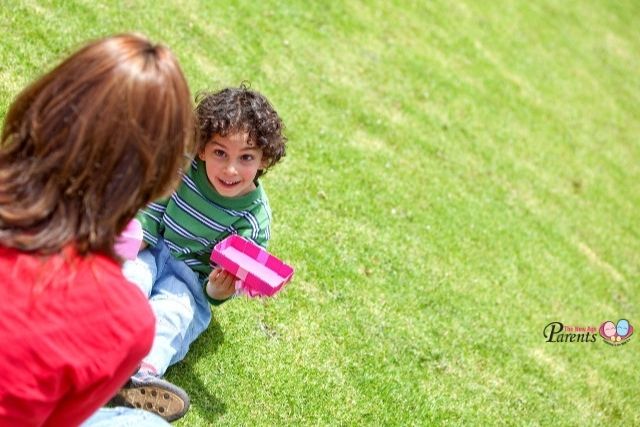
What do we get next? (5-6 years old)
Young children usually enjoy helping their parents in the purchase of groceries. You can begin by involving your child in creating a grocery list. Paste an A4 sized sheet of paper at your child’s eye level on the fridge and equip it with a pencil nearby. Let your child know that this list is to tell you what you need to buy over the week. In the beginning, you will be filling the list first. Put down real daily necessities, such as Eggs, Meat, Milk, after highlighting their absence and need for them in the house.
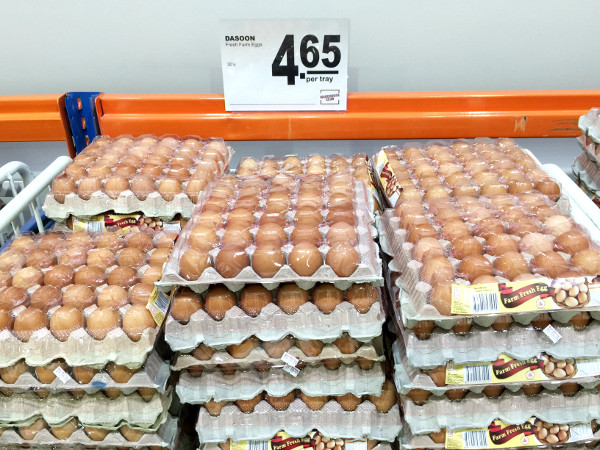
You can say, “Oh, we are out of eggs! Let’s write “eggs” here so we remember to buy them the next time. “E-G-G”. There.” It is good to model how you spell words in front of your child as you do this, so as to help them with their inventive spelling. You can say, “I want to write “milk” here. How should I spell “milk”? “mer.. m”. After a while, you can let your child “help you spell the words”, by writing down what he or she spells. It does not necessarily have to be right, as some words are not phonetically spelt, but it does have sound logically derived. For example, “meat” can be spelt as “meet”.
Later on at the supermarket, have your child work with you to find the items on the list systematically, by letting him or her carry the list and tell you what you need to get next. When you come to a certain item that has been spelt wrongly, for example, “meat”, as “meet”, highlight to your child how the word has been spelt by the signs at the supermarket. “Hey, look at the “meat” sign over there! It looks different from the word we have here. What is different?” This way, you help your child correct him or herself in spelling, and they would be more confident of searching for the right answers themselves instead of depending on an adult to correct them.
Your name begins with… (2-3 years old)
Letter sound recognition can be introduced to toddlers at a very young age once they are able to pronounce their own names. Let’s say your child is named Rachel. You can start by highlighting all the things that start with R to her. “Look Rachel! There’s a Rabbit!” “Rabbit” starts with the “Rrr” sound, just like “Rrrachel!” Letter recognition can later be introduced to her with simple words with the same sound as her name.
For young children, understanding the importance of language is the catalyst to taking it seriously and eventually mastering it. As parents, what you can do is highlight the use of language in your daily life to your child with these simple activities.
Written by Tabitha Lee.
Like what you see here? Get parenting tips and stories straight to your inbox! Join our mailing list here.
Want to be heard 👂 and seen 👀 by over 100,000 parents in Singapore? We can help! Leave your contact here and we’ll be in touch.




















